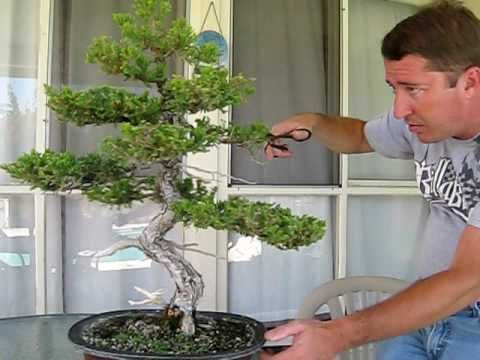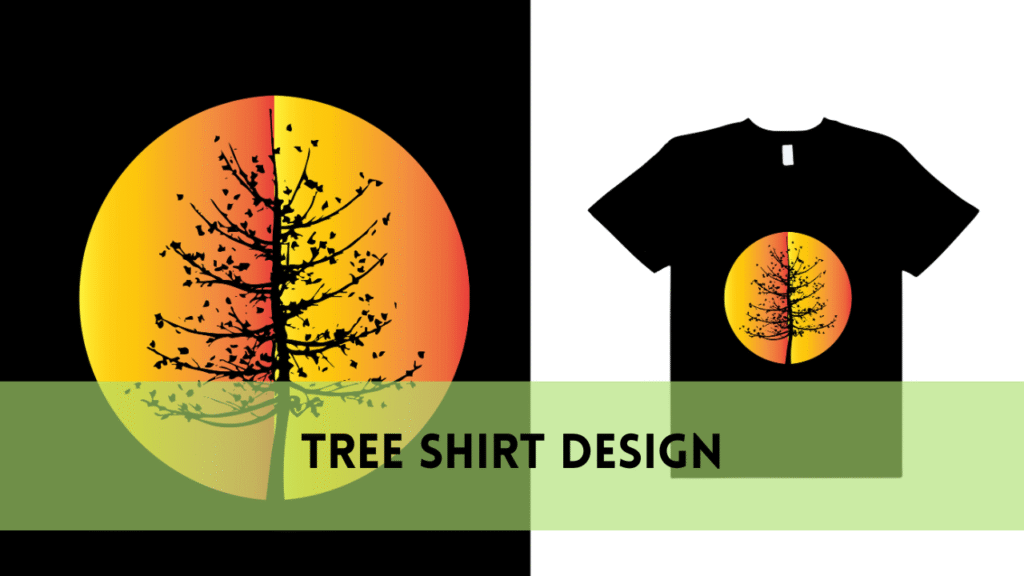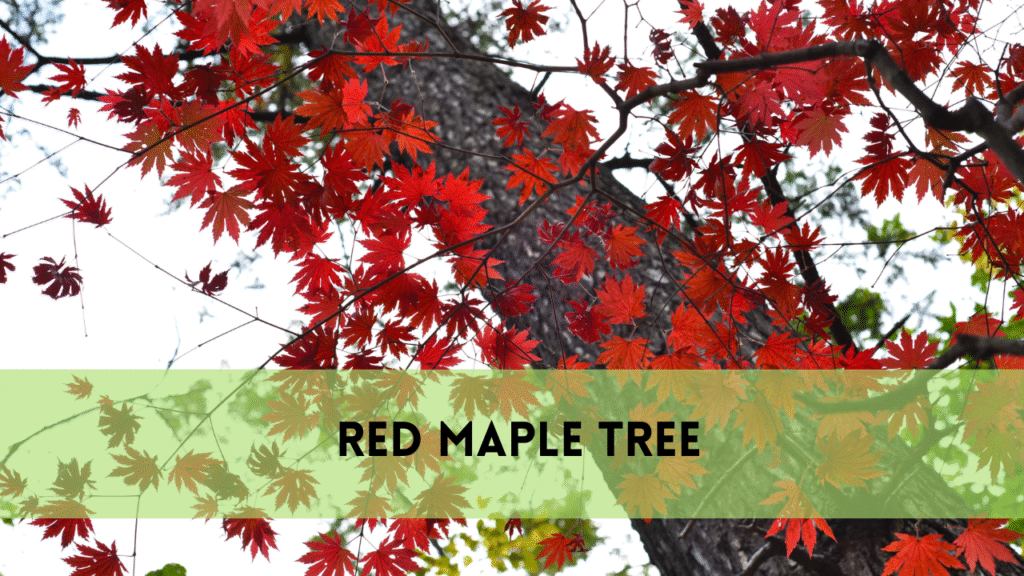The Importance of Regular Tree Maintenance
Trees are more than a lovely addition to our landscapes; they also have significant environmental, health, and well-being advantages. Regular tree management is critical to maximizing these benefits and keeping trees healthy and safe. In this comprehensive guide, Crosby Arborist will look at the importance of regular tree maintenance, including the primary reasons why it is required, its benefits, and how to carry out good tree care techniques.
The Importance of Regular Tree Maintenance

1. Promotes Tree Health
Like humans, trees require regular check-ups to be healthy. Regular tree management aids in the identification and treatment of pests, illnesses, and nutritional deficiencies before they become serious problems. This proactive technique helps trees grow strong and resilient.
2. Improves safety
Overgrown or damaged trees can offer serious safety hazards. Branches that hang over power lines, roofs, or paths may break off during a storm, causing property damage or injuries. Regular pruning and trimming can help reduce these risks by removing weak or dead branches.
3. Enhances aesthetic appeal
Well-maintained trees improve the aesthetics of any landscape. Regular trimming and shaping keep trees at their best, contributing to a clean and appealing environment. This is especially crucial for homes and businesses trying to leave a good image.
4. Increases property value
Healthy, well-maintained trees can considerably boost home value. Buyers are more likely to be drawn to residences with attractive, mature trees that have been well-maintained. Investing in regular tree upkeep might yield a significant return on investment when it comes time to sell.
5. Environmental benefits
Trees play an important role in ecology because they absorb CO2, produce oxygen, and provide homes for wildlife. Regular tree management ensures that trees are healthy and continue to provide environmental benefits. Furthermore, good trees can help lower energy bills by providing shade and windbreaks.
Essential Tree Maintenance Practices
1. Pruning and trimming
Pruning and pruning are essential components of tree upkeep. These procedures include pruning dead or diseased branches, thinning dense canopies to allow light penetration, and contouring the tree for aesthetic reasons. Pruning should be done at the appropriate time, usually late winter or early spring, to minimize tree stress.
2. Mulching
Mulching helps maintain soil moisture, regulate temperature, and control weeds. Applying a layer of organic mulch around the tree’s base can significantly increase its health. Keep the mulch away from the trunk to prevent decay and pests.
3. Watering
While existing trees are often drought-tolerant, young or recently planted trees require frequent watering. Ensure that trees get enough water, especially during dry seasons. Deep watering promotes profound root growth, increasing the tree’s stability and resilience.
4. Fertilization
Fertilization feeds trees with nutrients that may be lacking in the soil. Conduct a soil test to identify your trees’ exact nutrient requirements. Use a slow-release fertilizer to prevent nitrogen burn and encourage consistent growth.
5. Pest & Disease Management
Regular inspections assist in detecting insect infestations and diseases early on. To effectively address these concerns, use integrated pest management (IPM) tactics that involve cultural, biological, and chemical controls. Early intervention is critical to avoiding widespread damage.
6. Root Care
Healthy roots are essential to a tree’s overall health. Avoid soil compaction near the root zone, which reduces oxygen delivery to the roots. Aerate the soil as needed and prevent injuring the roots during landscaping or construction activities.
The Role of Professional Arborists
While homeowners can complete specific tree maintenance jobs, others necessitate the skills of a professional arborist. Arborists are trained in the science of tree care and can provide the following services:
1. Tree Risk Assessment
Arborists can evaluate trees’ structural integrity and detect potential hazards. They employ specialized technology and methodologies to determine whether a tree is a hazard and then recommend suitable solutions, such as pruning or removal.
2. Tree Removal
A tree may need to be removed if it is dead, sick, or poses a serious risk. Arborists have the necessary knowledge and equipment to remove trees properly without damaging nearby property.
3. Emergency Tree Service
Storms and harsh weather can cause abrupt tree damage. Arborists provide emergency services to solve these situations quickly, minimizing the danger of future damage or injury.
4. Planting and transplanting
Choosing the correct tree species for a specific area is critical to long-term success. Arborists can help you select the finest species for your area and provide planting and transplanting services to guarantee the tree’s growth.
Related Posts:
How much to rent a stump grinder?
FAQs
How frequently should trees be pruned?
The frequency of pruning is determined by the tree’s species, age, and overall health. Trees should be pruned every three to five years. However, immature trees may have more frequent trimming to build a solid structure.
May I prune my trees myself?
While homeowners can do simple pruning, employing a professional arborist for larger projects is best. Improper pruning might harm the tree and endanger people.
What are the indicators of an unhealthy tree?
Common symptoms of a diseased tree include discolored or wilting leaves, irregular growth patterns, dead branches, and fungi or pests. If you detect these symptoms, contact an arborist for a diagnosis.
Is mulching necessary for trees?
Mulching is excellent for trees. It helps retain moisture, control soil temperature, and inhibit weed growth. Ensure that the mulch is applied properly, avoiding touching the trunk.
How can I keep tree roots from destroying my property?
To avoid root damage, place trees away from structures and underground services. Regular root examinations and careful tree species selection can also help alleviate this problem.
What should I do if a tree gets struck by lightning?
When a tree is struck by lightning, it may sustain interior damage that is not immediately apparent. Consult an arborist to examine the damage and decide whether any interventions are required.
Conclusion
It is necessary to understand the importance of regular maintenance for sustaining your environment’s health, safety, and aesthetic value. Consistent tree care has numerous benefits, including supporting vigorous development and preventing illnesses, increasing property value, and delivering critical environmental benefits. Pruning, mulching, watering, and seeking professional arborist services as needed will help you protect your trees and reap the advantages for years to come. Crosby Arborist is committed to assisting you in maintaining attractive, healthy trees that add value to your home and the surrounding environment.




